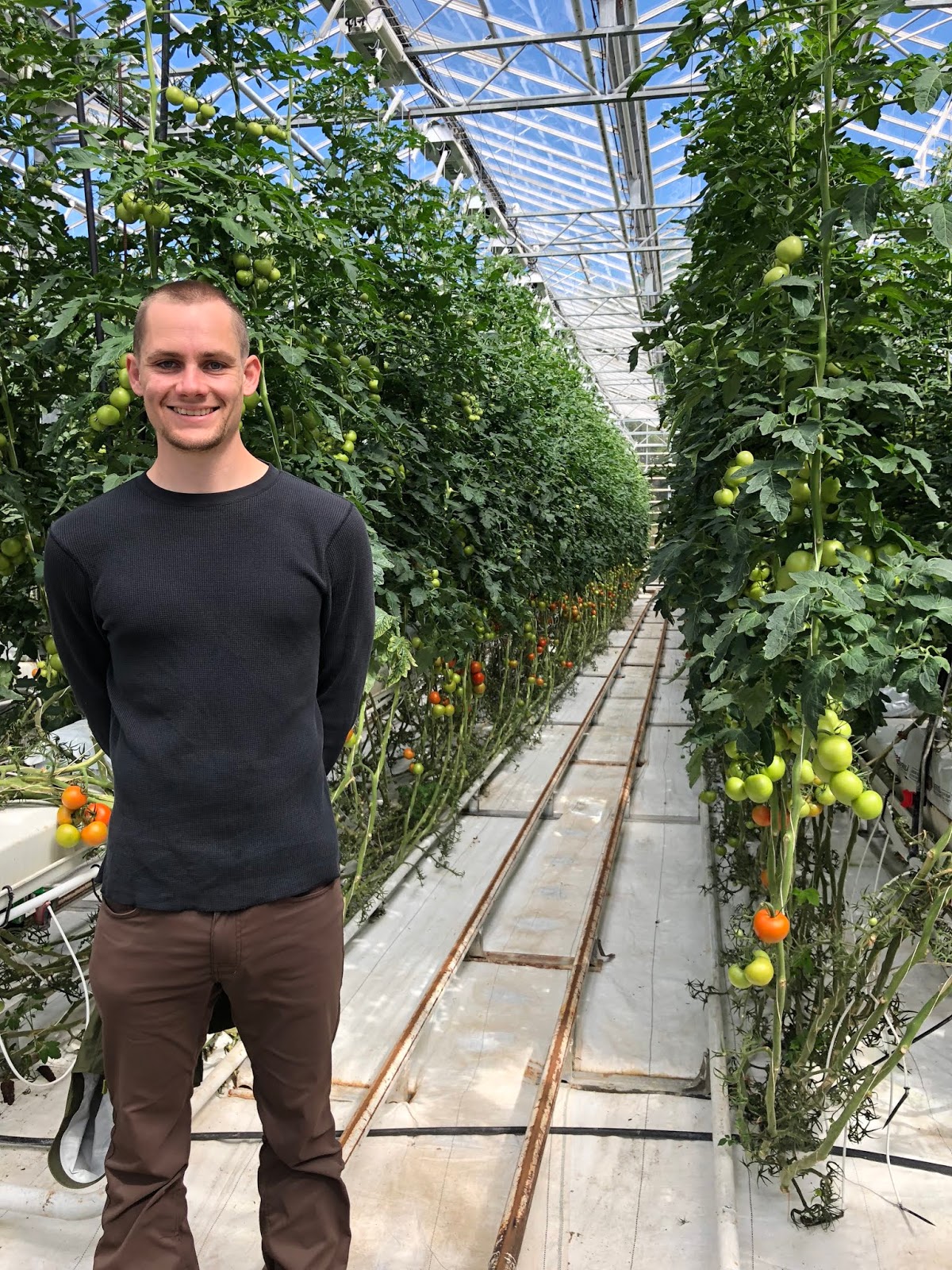The modern world depends heavily on centralized agriculture and energy. These industries are optimized to keep costs low under stable conditions, but when things are unstable then disruption is widespread. One way to improve resilience is through decentralization, which I can approach as a hobbyist in my greenhouse. I also just really enjoy interdisciplinary projects, and couldn't pass up the chance to explore botany, energy, and technology at the same time.
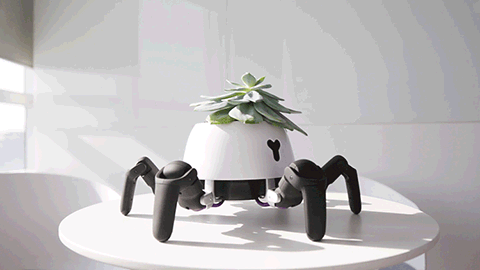
|
| I, for one, welcome our new roboplant overlords. |
Environment monitoring is the first step to environment control. Environment control is important because climate change causes volatile weather, and it only takes one day of extreme temperatures to kill an entire season's worth of crops. Controlled environments also allow for very efficient use of space, including vertical space, which is important in urban areas with expensive real estate. Urban microfarms can provide densely populated cities with food independence.
Environment control is mostly a solved problem. It's just kind of expensive. So the next question is how can we make it cheaper?
Greenhouses all over the world have come up with innovative ways to operate efficiently. One of the coolest places I've been is Fridheimar. They use geothermal energy to heat the greenhouse and power lights throughout Iceland's inhospitable winters.
Most of the environment controls in my greenhouse don't require power at all.
- Reflective insulation along the north wall - Sunlight comes from the south, so I don't lose much light by insulating the north wall.
- Thermal storage - When solar radiation enters the greenhouse it sticks to my black 55 gallon drums and heats up the water inside. The barrels absorb the heat until temperatures begin to drop, then slowly radiate it back into the greenhouse at night.
- Automatic window openers - My windows are driven open by pistons full of a mineral gel that expands when warm and contracts when cool.
- Shade net - The most efficient way to cool the greenhouse is if solar radiation never enters it in the first place. A shade net is installed during the hottest months.
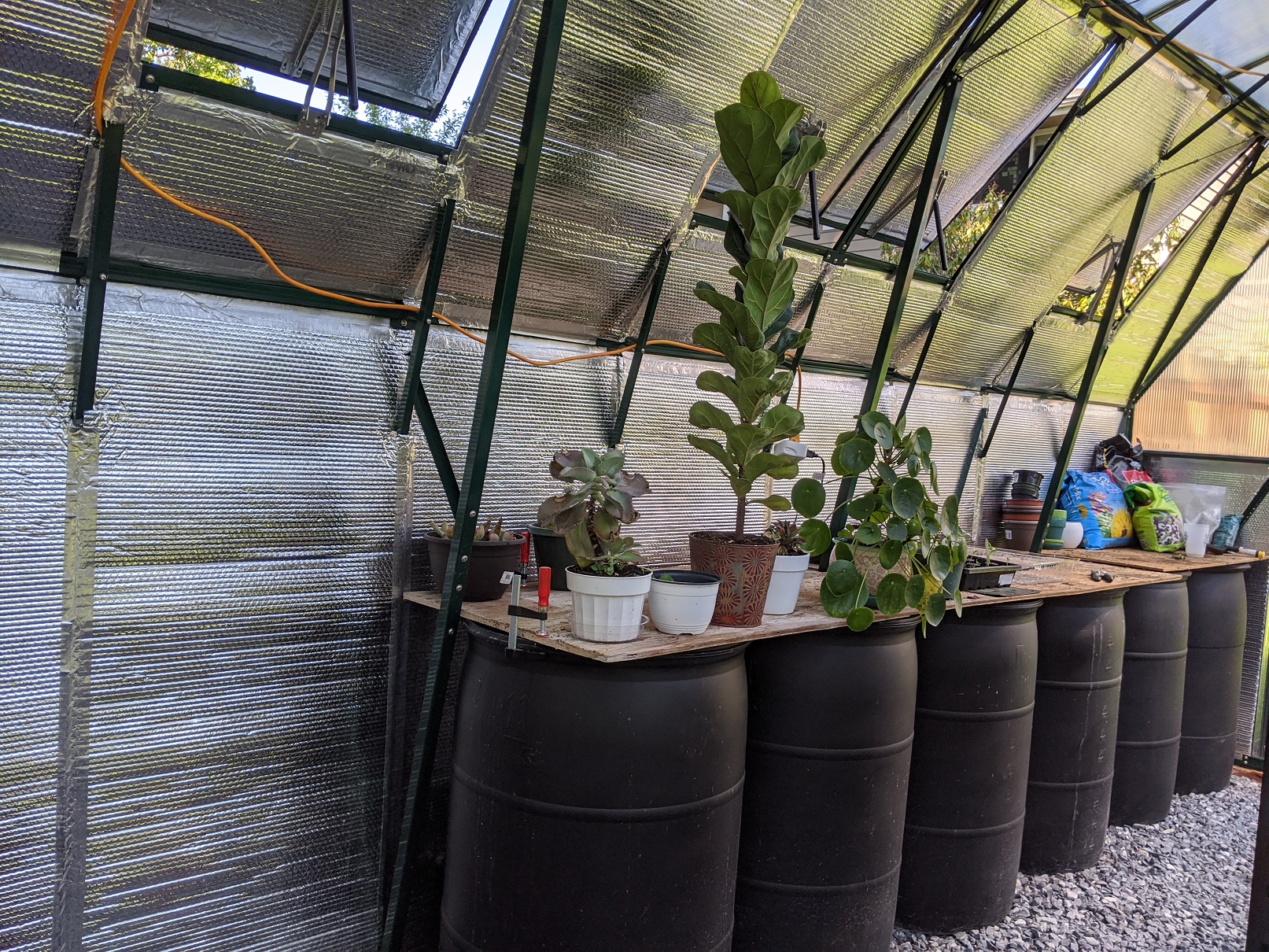
My greenhouse does need some power for things like air circulation and hydroponics. I decided to integrate renewable energy to reduce the power that my greenhouse takes from the grid. My power supply controller is a hybrid solar system that balances the benefits of grid-tied and off-grid systems.
In a grid-tied system, your utility company is still a middleman for your home's power. You are essentially selling electricity to the grid for the same price that you're buying it. This means you still get power when it's not sunny, but if there's a power outage on a sunny day then you still don't have power because the grid doesn't have power, even though there are panels on your roof.
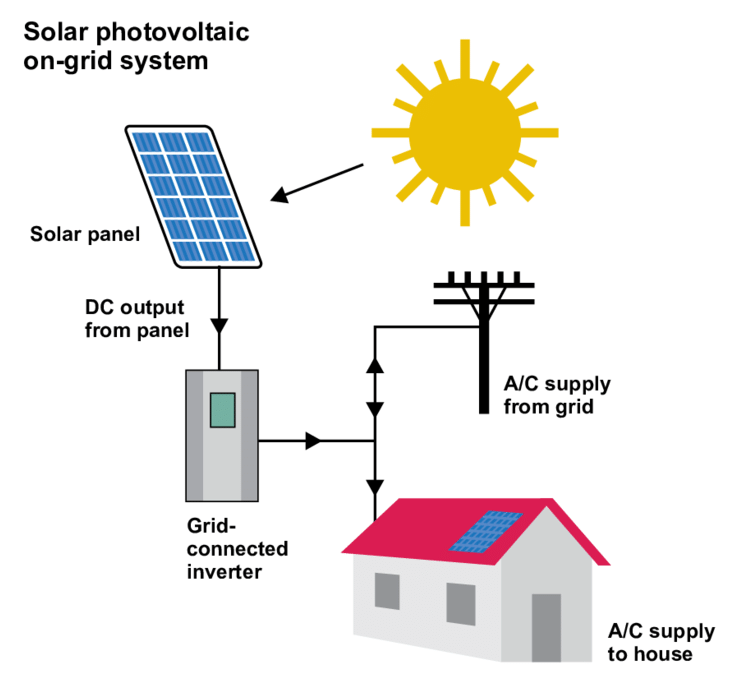
Off-grid systems are popular in remote areas where utility access is difficult. An outage to the grid doesn't affect an off-grid system. However, if you want power at night then you need to generate excess energy during the day and save it for later in batteries. It's generally not economical to install these systems, because 1) you need to oversize your panels to collect 24 hours worth of energy from 12 hours of sunlight and 2) energy storage is expensive.
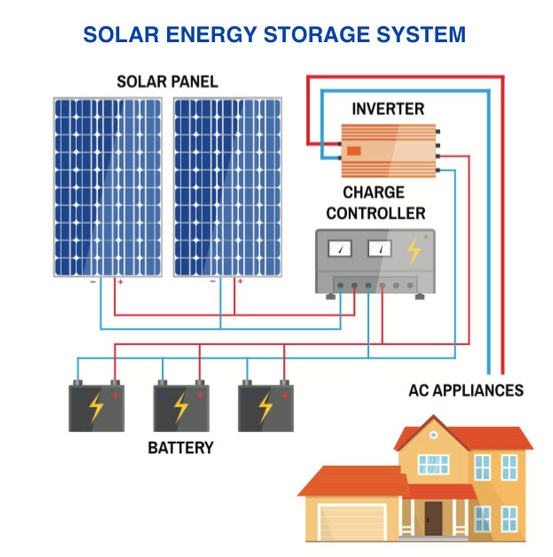
My solar system is undersized for the loads that it's powering, so the upfront cost was low and I don't generate excess power. As long as I'm harvesting all of the energy that my panel produces, then my system is economically competitive with the grid-tied model. At the same time, my greenhouse still has power if there's an outage to the grid, so I have the independence of an off-grid system. This hybrid design can be applied anywhere that power is consumed, not just in greenhouses.
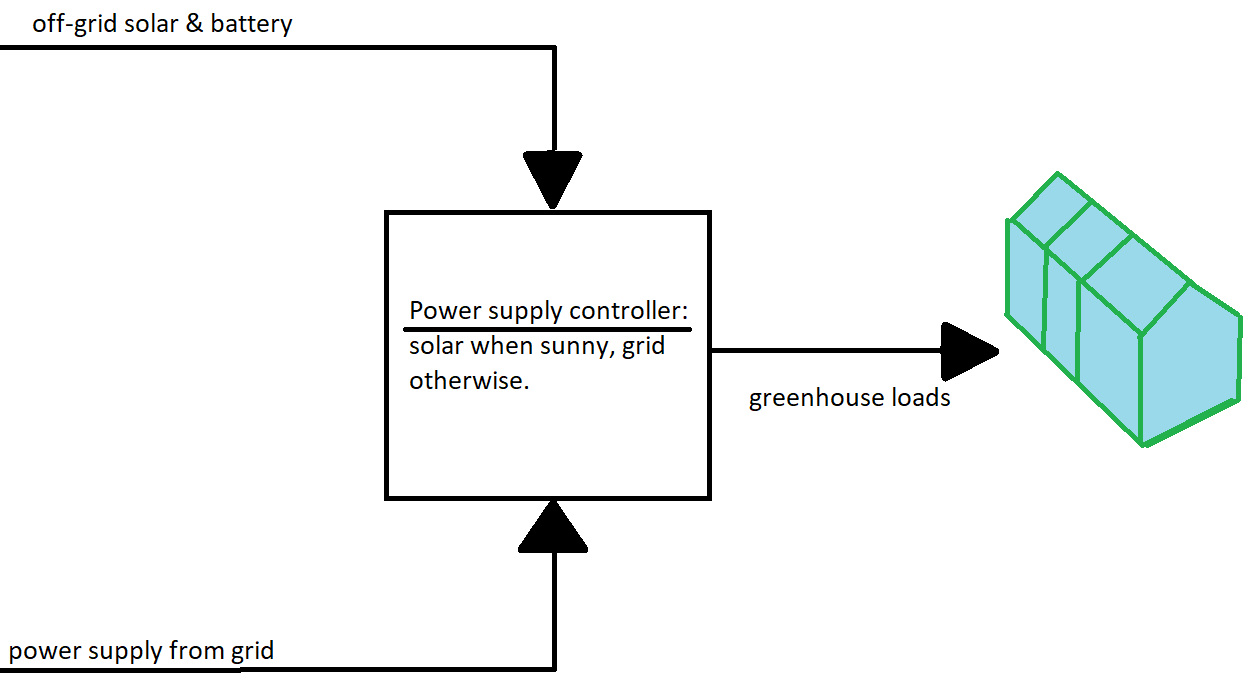
The first step to managing something is measuring it. That's what I've accomplished so far. I'll spend some time gathering data before I take my next steps, but I have some ideas of what's down the road:
- Rightsizing the solar components - Right now I'm using a 100 watt panel and the loads draw about 90 watts, not to mention the lossiness of the inverter. More capacity would mean less power drawn from the grid.
- Scale power draw to match available solar - Right now it powers either nothing or everything, but the smaller loads could still run on solar power when it's cloudy.
- Intelligent load switching - Not everything needs to be on all the time. Environment data and solar availability can inform a greenhouse controller about which loads are must-haves and which are nice to have.
- Building out my management portal - Make it easier to tune operating parameters.
Keep in mind that I'm doing this as a hobby, so I don't want to suck all the fun out of it by creating a rigid roadmap. Don't be surprised if I do something entirely different.
If you made it this far then thank you for your time! I hope all of your dreams come true.
-Brian

